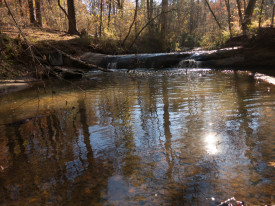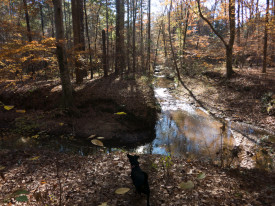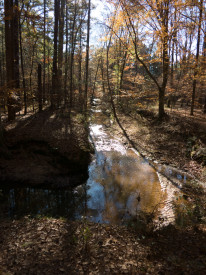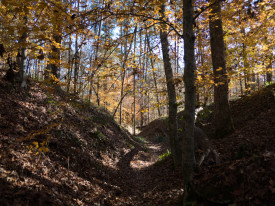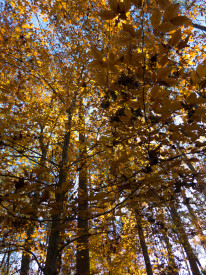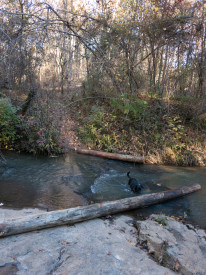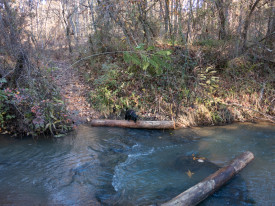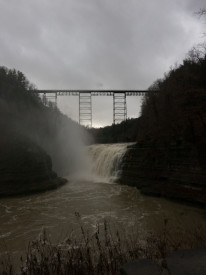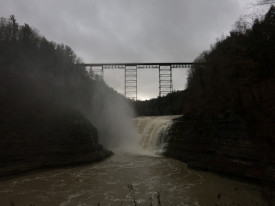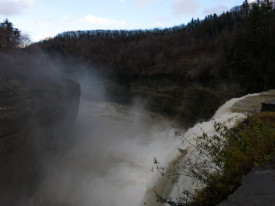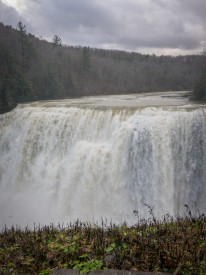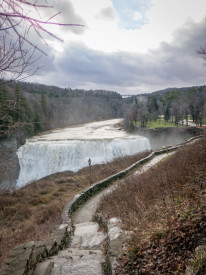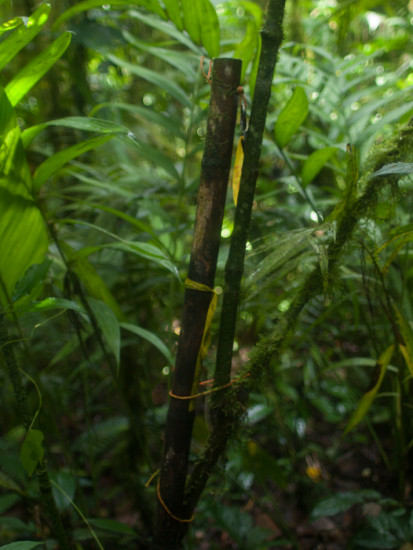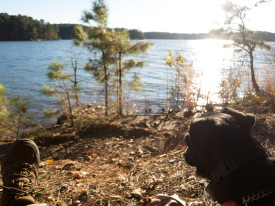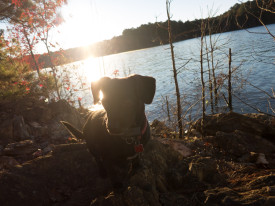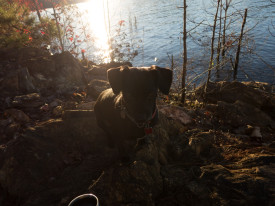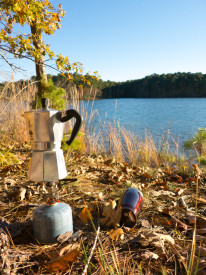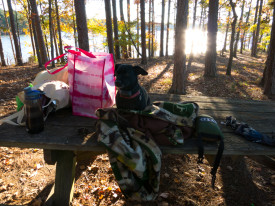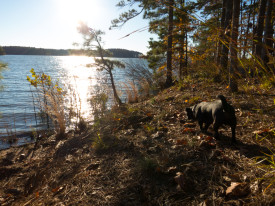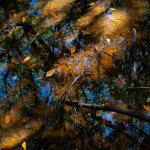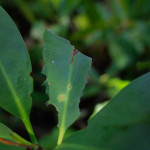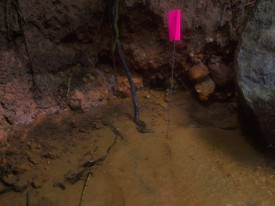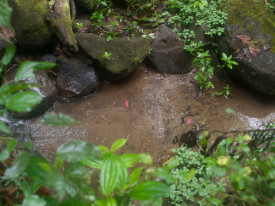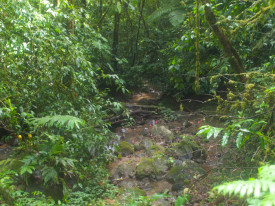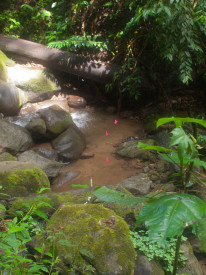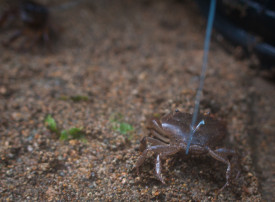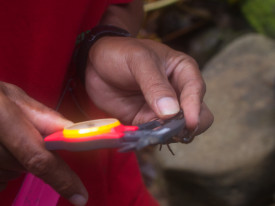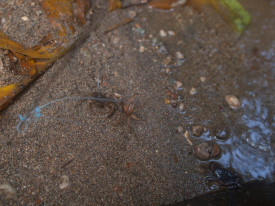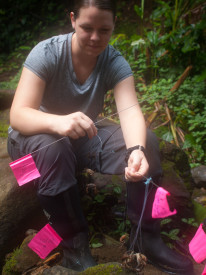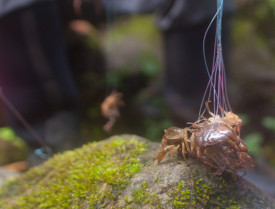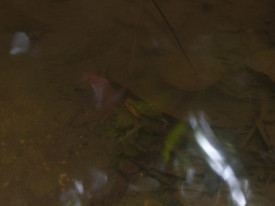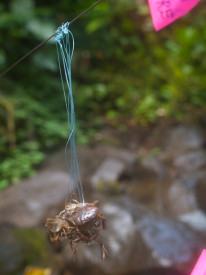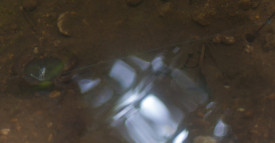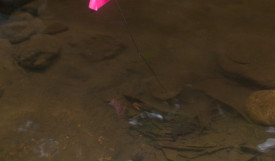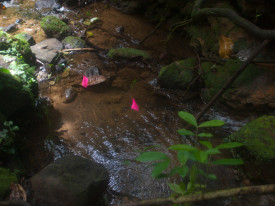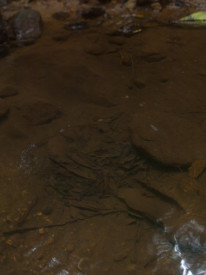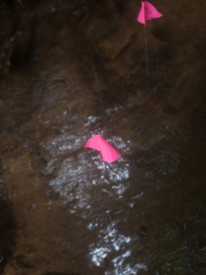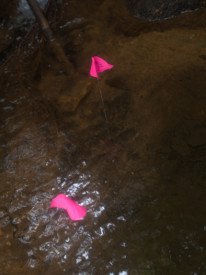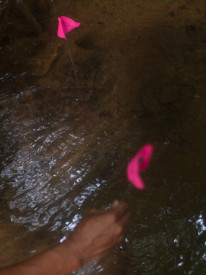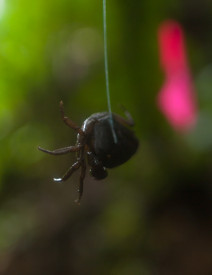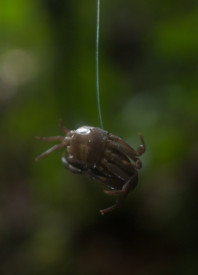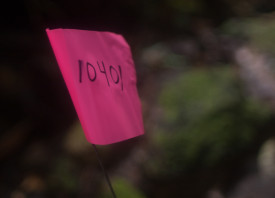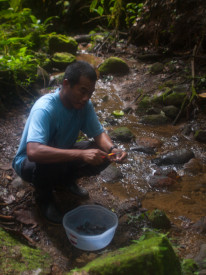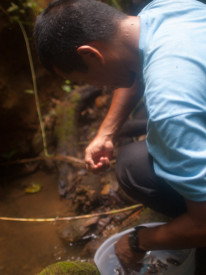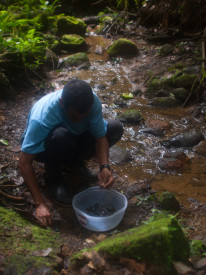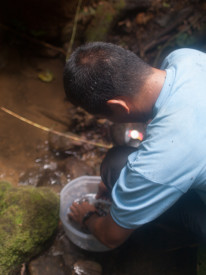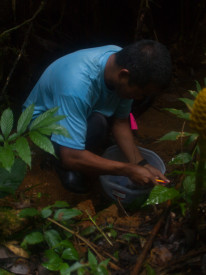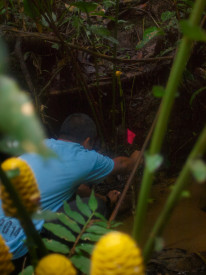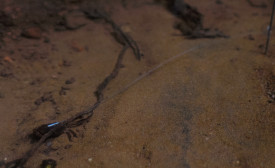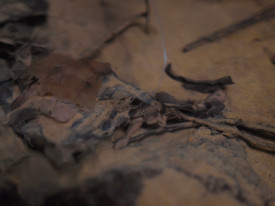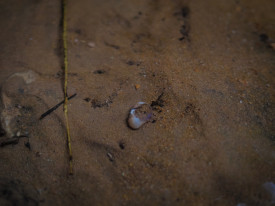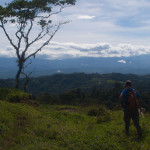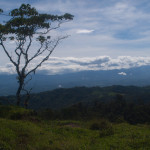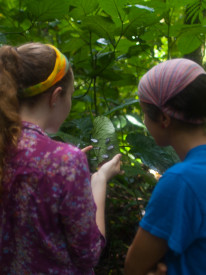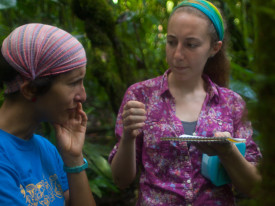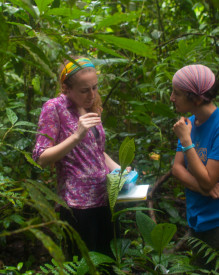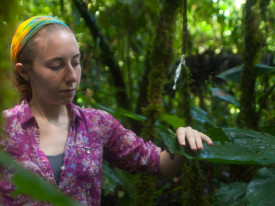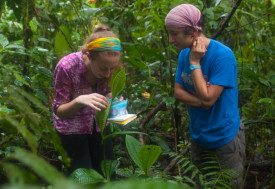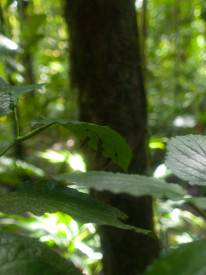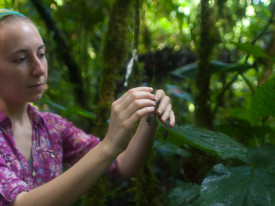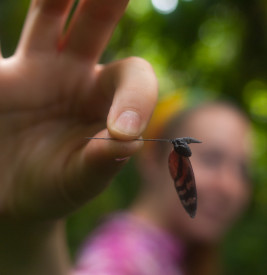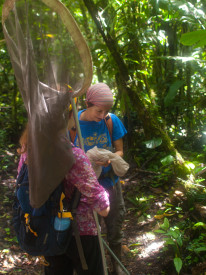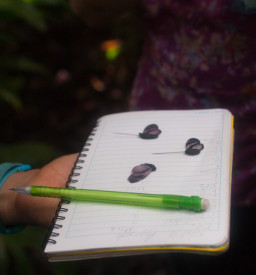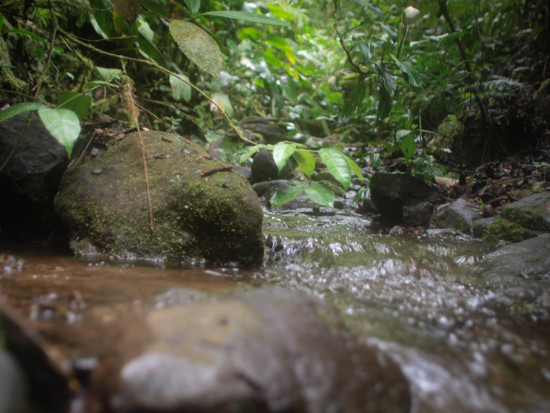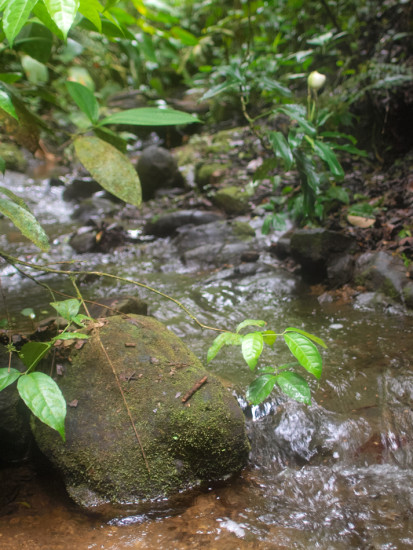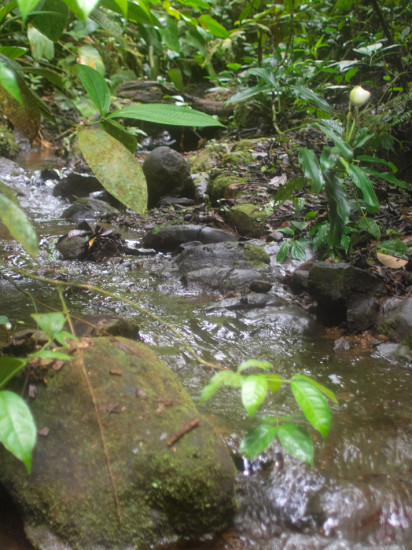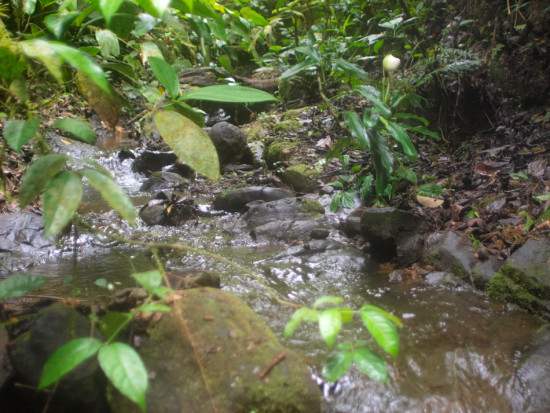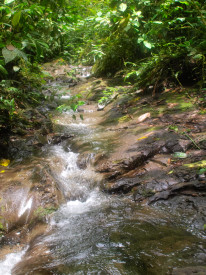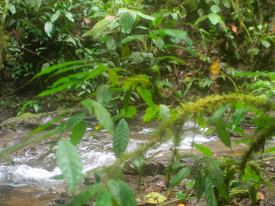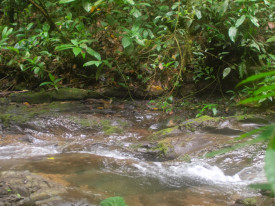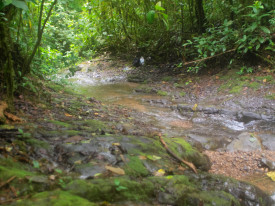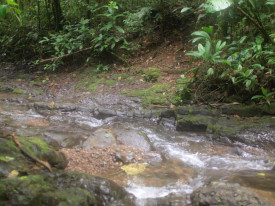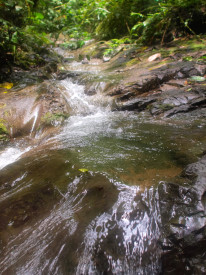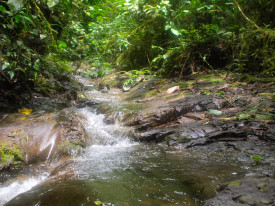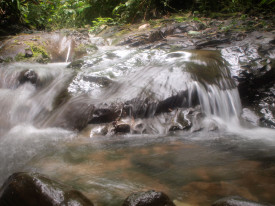Category Archives: Gallery
Middle and Upper falls at Letchworth State Park
Monitoring temperature and humidity along an elevation gradient
During NAPIRE 2013, a couple of mentors and the station director at Las Cruces Biological Station decided to set up iButtons to remotely monitor temperature and relative humidity at 100 m increments along an elevation gradient. The aim was to place an iButton from 1100 m to 1400 m at the reserve at Las Cruces, then include the forest at Las Alturas to monitor 1500 to 2100 m.
I helped to set out the sensing units at Las Cruces, and this past year, during NAPIRE 2015, I happened across one of them… I recognized the site when visiting Katie’s butterfly roosting experiment.
Camping at Mistletoe State Park
Herbivory and Detritivory in Mangroves
Herbivory and decomposition are important processes in Florida mangroves.
Pseudothelphusid crab predation risk: Part 1
Jerry, one of my NAPIRE students from Pohnpei, Micronesia, is investigating pseudothelphusidae crab (Allacanthos pittieri) populations at the Las Cruces Biological Station this summer. His study has two major components: (1) measuring crab densities in areas that vary in the amount of leaf litter present (i.e., high and low leaf litter densities), and (2) assessing predation risk in high and low leaf litter areas (after Jenn Clark’s crayfish study; Clark et al. 2013 Hydrobiologia). Jerry hopes to demonstrated higher crab densities and lower predation risk in areas of high leaf litter because crabs are able to use the leaves as refuge and a source of food, both directly, as they are shredders, and indirectly by preying on other invertebrates in the leaf litter.
Here, Jerry has tethered crabs using monofilament fishing line to flagging in about 20 stream pools. The crabs were paired in pools and restricted to either high leaf litter sections or low leaf litter sections of each pool site.
Another set of photos from the Las Cruces Overlook
While the biological station is at about 1150 m above sea level, the highest point, sitting at about 1440 m, in the reserve is at a newly acquired pasture directly west of the station. I’ve posted shots from here in the past.
Predation risk of roosting Ithomiin butterflies
Adrea, a recent PhD graduate from UCLA, is mentoring three students in the NAPIRE program with projects on Ithomiin butterflies—a diverse group of clear-winged, neotropical butterflies that form breeding aggregations and tend to roost together. One of Adrea’s students, Katie, is investigating predation risk of roosting butterflies using models of two species that she’s constructed. Here, Katie checks her model butterflies for damage inflicted by predation attempts on the models.
Rio Gamboa
West Branch of the Rio Java
Some images of the West Branch of Rio Java.
This branch drains primary forest, and is rich in macroinvertebrate diversity, but doesn’t appear to have fish. In 2013, David surveyed this stream for fish, but did not discover any, and this year, Jackalyn collected macroinvertebrates using a D-net and immediately found a couple of new taxonomic groups she had previously not sampled.
The stream is steep, which likely prevents fish dispersal, and it’s bedrock substrate isn’t forgiving when the near-daily rains fill the banks.

